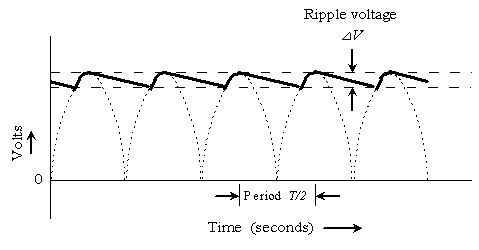I am using a power supply set to 9V and current limited at 0.6 amps to power a radio which includes a RF amp (using a transistor) and an audio amp. If the current limit is reached the device shuts off and beeps--it is an older power supply.
The power supply is a GoldStar Gp-105.
My circuit is:
The input for the 9V battery is labelled as an antenna terminal (it was due to PCB printing requirements at my school).
I tried switching the power supply out with a 9V battery and I get awful noise in my speaker which is a 8 ohm 1 watt speaker.
Why is the 9V battery not equivalent to the power supply? It works when I put a small 800 ohms resistor, but the sound is very low.



